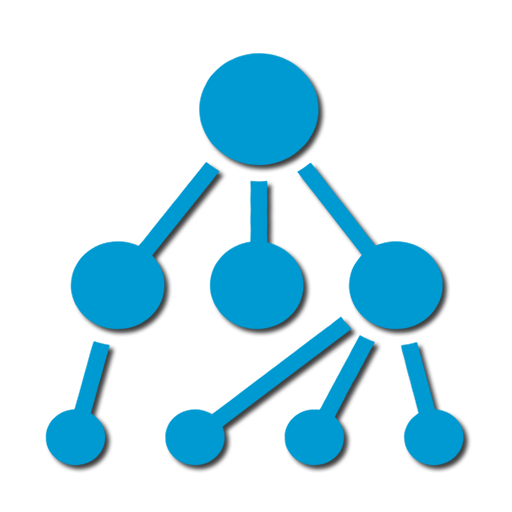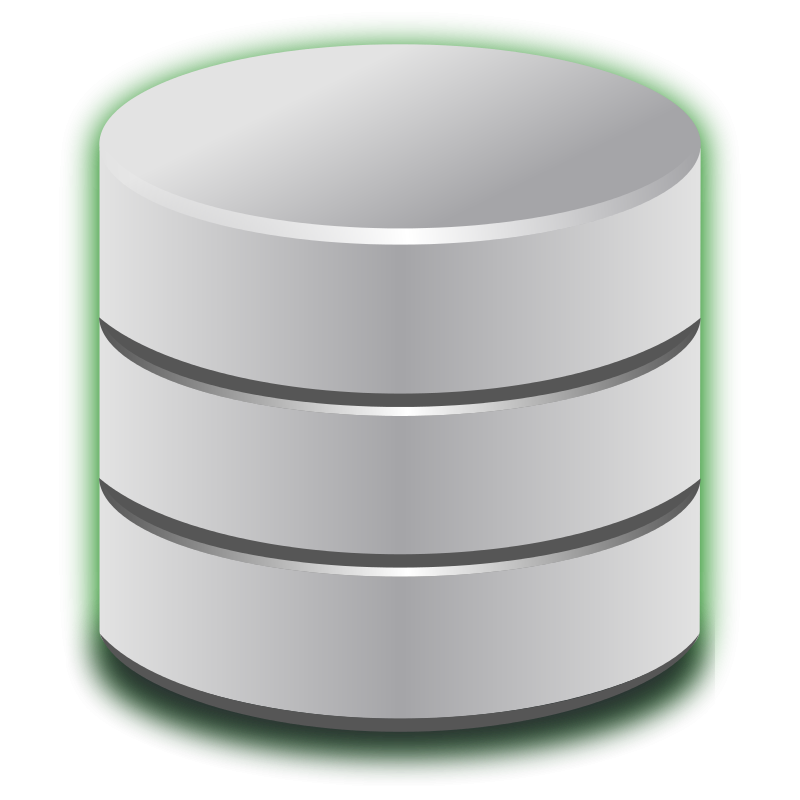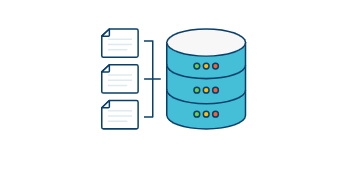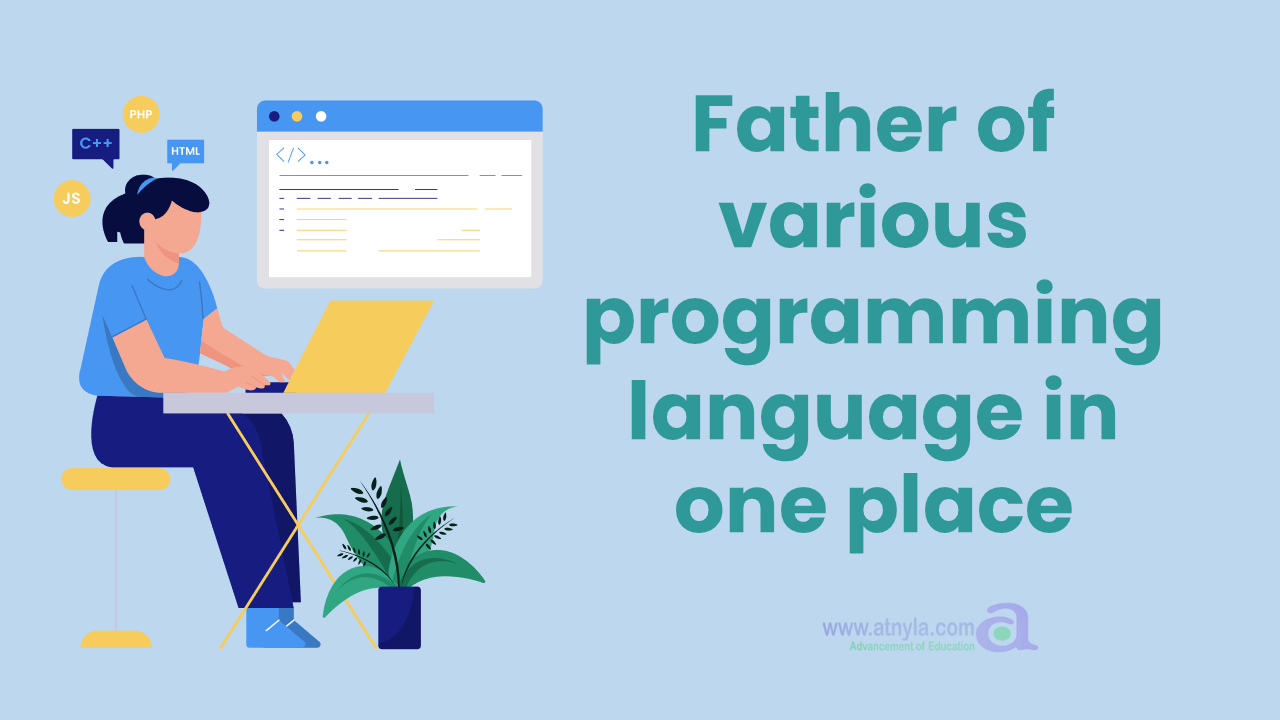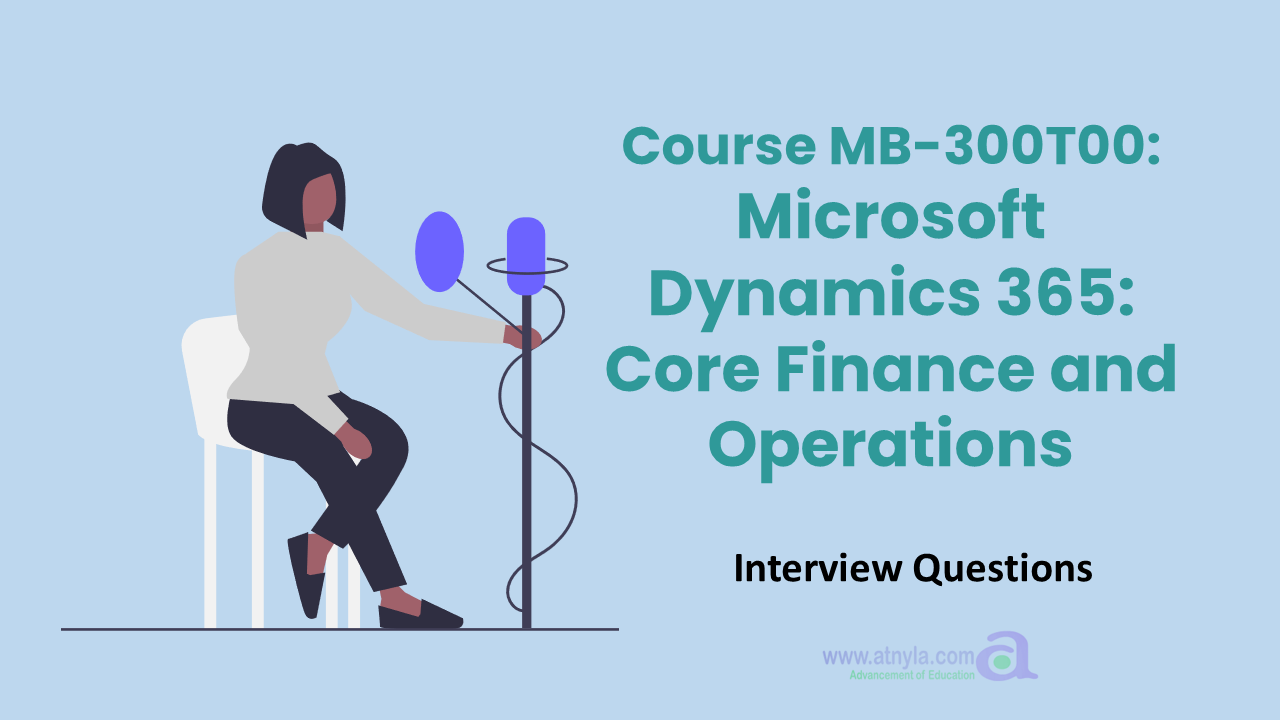Interview Questions for the Course MB-300T00: Microsoft Dynamics 365: Core Finance and Operations
Here are some sample questions that may be covered in the Course MB-300T00: Microsoft Dynamics 365: Core Finance and Operations:
-
What is Microsoft Dynamics 365 Finance and Operations, and what are some of the key features and capabilities of the platform?
-
How do you configure the financial modules in Microsoft Dynamics 365 Finance and Operations, including setting up chart of accounts, posting profiles, and financial dimensions?
-
What are the steps involved in managing accounts payable and accounts receivable in Microsoft Dynamics 365 Finance and Operations, including creating and processing invoices and payments?
-
How do you manage general ledger accounts in Microsoft Dynamics 365 Finance and Operations, including creating and posting journal entries, and reconciling accounts?
-
What are some of the key features and functionalities of the inventory management module in Microsoft Dynamics 365 Finance and Operations, and how do you configure and manage inventory in the platform?
-
How do you use the production control module in Microsoft Dynamics 365 Finance and Operations to manage production orders, bills of materials, and other manufacturing processes?
-
What is supply chain management in Microsoft Dynamics 365 Finance and Operations, and how can it be used to optimize the flow of goods and services in an organization?
-
How do you use the Power Platform to create custom workflows and business solutions in Microsoft Dynamics 365 Finance and Operations?
-
How can you leverage reporting and analytics in Microsoft Dynamics 365 Finance and Operations to gain insights into financial and operational performance, and make data-driven decisions?
-
What are some best practices for implementing and using Microsoft Dynamics 365 Finance and Operations in an organization, and what are some common challenges and pitfalls to be aware of?
-
What are the different deployment options for Microsoft Dynamics 365 Finance and Operations, including cloud-based and on-premises deployments?
-
How do you configure security and access control in Microsoft Dynamics 365 Finance and Operations, including defining roles and permissions for users and groups?
-
What are some of the key integration points between Microsoft Dynamics 365 Finance and Operations and other Microsoft and third-party applications, and how do you configure and manage these integrations?
-
How do you configure and use the budgeting and forecasting features in Microsoft Dynamics 365 Finance and Operations, including creating and managing budget plans and forecasting models?
-
What are some of the key considerations and best practices for migrating data from legacy systems to Microsoft Dynamics 365 Finance and Operations, and how do you ensure data accuracy and completeness during the migration process?
-
How can you use automation and workflows in Microsoft Dynamics 365 Finance and Operations to streamline business processes and increase efficiency?
-
What are some of the key reporting and analytics tools available in Microsoft Dynamics 365 Finance and Operations, including Power BI and other business intelligence solutions?
-
How do you manage multi-currency transactions and financial reporting in Microsoft Dynamics 365 Finance and Operations, including configuring exchange rates and managing foreign currency accounts?
-
How can you use Microsoft Dynamics 365 Finance and Operations to manage and track project costs and expenses, including time and materials, fixed price, and cost-plus projects?
-
What are some of the key benefits and advantages of using Microsoft Dynamics 365 Finance and Operations in an organization, and how can it help drive business growth and success?
-
How do you configure and manage sales order processing and fulfillment in Microsoft Dynamics 365 Finance and Operations, including creating and managing customer orders, shipping and receiving, and order tracking?
-
What are some of the key features and functionalities of the procurement and sourcing module in Microsoft Dynamics 365 Finance and Operations, and how do you manage vendor relationships, purchase orders, and procurement processes?
-
How do you use the financial reporting and analysis tools in Microsoft Dynamics 365 Finance and Operations to generate financial statements, perform variance analysis, and create custom reports?
-
What are some of the key capabilities and benefits of the Power Platform in Microsoft Dynamics 365 Finance and Operations, including Power Apps, Power Automate, and Power BI?
-
How do you configure and manage the financial workflows and approval processes in Microsoft Dynamics 365 Finance and Operations, including setting up workflow templates, configuring approval rules, and monitoring workflow status?
-
What are some of the key compliance and regulatory requirements that organizations need to consider when using Microsoft Dynamics 365 Finance and Operations, and how do you ensure compliance with these requirements?
-
How do you use the project management and accounting module in Microsoft Dynamics 365 Finance and Operations to manage project budgets, resources, and timelines, and how do you integrate project management with financial management?
-
What are some of the key considerations and best practices for customizing and extending Microsoft Dynamics 365 Finance and Operations, including using extensions, customizing forms and reports, and developing custom integrations?
-
How do you use the customer and vendor collaboration features in Microsoft Dynamics 365 Finance and Operations, including self-service portals, customer and vendor inquiries, and collaboration workspaces?
-
How can you use Microsoft Dynamics 365 Finance and Operations to improve operational efficiency, reduce costs, and increase revenue, and what are some real-world examples of organizations that have successfully implemented the platform?
-
How do you configure and manage the financial consolidation and intercompany accounting features in Microsoft Dynamics 365 Finance and Operations, including setting up consolidation companies and performing intercompany transactions?
-
What are some of the key features and functionalities of the human resources module in Microsoft Dynamics 365 Finance and Operations, including managing employee records, benefits, and payroll?
-
How do you use the expense management module in Microsoft Dynamics 365 Finance and Operations to manage employee expenses, including creating and approving expense reports, and reimbursing employees?
-
What are some of the key considerations and best practices for managing change and upgrades in Microsoft Dynamics 365 Finance and Operations, including managing testing and validation, and minimizing disruption to business operations?
-
How do you use the financial reporting and analysis tools in Microsoft Dynamics 365 Finance and Operations to perform financial modeling, scenario analysis, and predictive analytics?
-
How do you configure and manage the sales tax and value-added tax (VAT) features in Microsoft Dynamics 365 Finance and Operations, including setting up tax codes, tax groups, and tax jurisdictions?
-
What are some of the key considerations and best practices for managing the Microsoft Dynamics 365 Finance and Operations platform in a multi-company or global organization, including managing multiple legal entities and complying with international regulations?
-
How do you use the business process modeling and workflow automation features in Microsoft Dynamics 365 Finance and Operations to streamline business processes and improve operational efficiency?
-
How do you use the fixed assets module in Microsoft Dynamics 365 Finance and Operations to manage asset depreciation, retirement, and disposal, and how do you integrate fixed asset management with financial management?
-
What are some of the key trends and innovations in the Microsoft Dynamics 365 Finance and Operations space, and how can organizations stay ahead of the curve and maximize the value of the platform?
-
How do you use the supply chain management module in Microsoft Dynamics 365 Finance and Operations to manage inventory, warehousing, and distribution, including demand planning, inventory optimization, and supply chain collaboration?
-
What are some of the key features and functionalities of the manufacturing module in Microsoft Dynamics 365 Finance and Operations, including managing production schedules, bills of materials, and work orders?
-
How do you use the cost accounting and management accounting features in Microsoft Dynamics 365 Finance and Operations to track and analyze costs and profitability, including allocating costs to products, departments, and projects?
-
What are some of the key considerations and best practices for managing security and compliance in Microsoft Dynamics 365 Finance and Operations, including configuring role-based security, implementing data retention policies, and monitoring user activity?
-
How do you use the cash management and bank reconciliation features in Microsoft Dynamics 365 Finance and Operations to manage cash balances, reconcile bank statements, and process electronic payments?
-
How do you use the retail module in Microsoft Dynamics 365 Finance and Operations to manage point of sale (POS) transactions, inventory management, and customer loyalty programs, and how do you integrate retail operations with financial management?
-
What are some of the key features and functionalities of the service management module in Microsoft Dynamics 365 Finance and Operations, including managing customer service requests, service orders, and service agreements?
-
How do you use the project accounting features in Microsoft Dynamics 365 Finance and Operations to manage project budgets, resources, and costs, and how do you integrate project accounting with financial management?
-
How do you use the intelligent insights and predictive analytics features in Microsoft Dynamics 365 Finance and Operations to gain deeper insights into business operations and identify areas for improvement?
-
What are some of the key considerations and best practices for managing the upgrade and migration process from legacy systems to Microsoft Dynamics 365 Finance and Operations, including assessing system readiness, planning for data migration, and managing user adoption?




